BY LINCOLN ANDERSON | A nearly month-long petitioning effort to save the Morton Williams supermarket, at Bleecker Street and LaGuardia Place, has gotten some results.
Calling themselves Save Our Supermarket (S.O.S.), the ad hoc group — spearheaded by former Councilmember Alan Gerson and Judith Callet, a former resident chairperson of the Bleecker Area Merchants and Residents Association — has quickly collected more than 5,000 petition signatures. The group has petitioning tables outside the market and there are also petitions inside at each cash register for shoppers to sign. Their petition calls on New York City government and local politicians to ensure that the key supermarket — which is full service and open 24 hours — remains in “continuous operation at or near its current site.”
The petition calls on New York University to honor its prior commitment to keep the supermarket, as well as add a new local school — but without “dislocating” either the existing market, which has been there 60 years, or the adjacent LaGuardia Corner Gardens.
“We support a new public school in our area serving students with special learning needs, but without dislocating a crucial service to our community, and without endangering the vital and much-loved LaGuardia Corner Community Garden abutting the site,” the petition states.
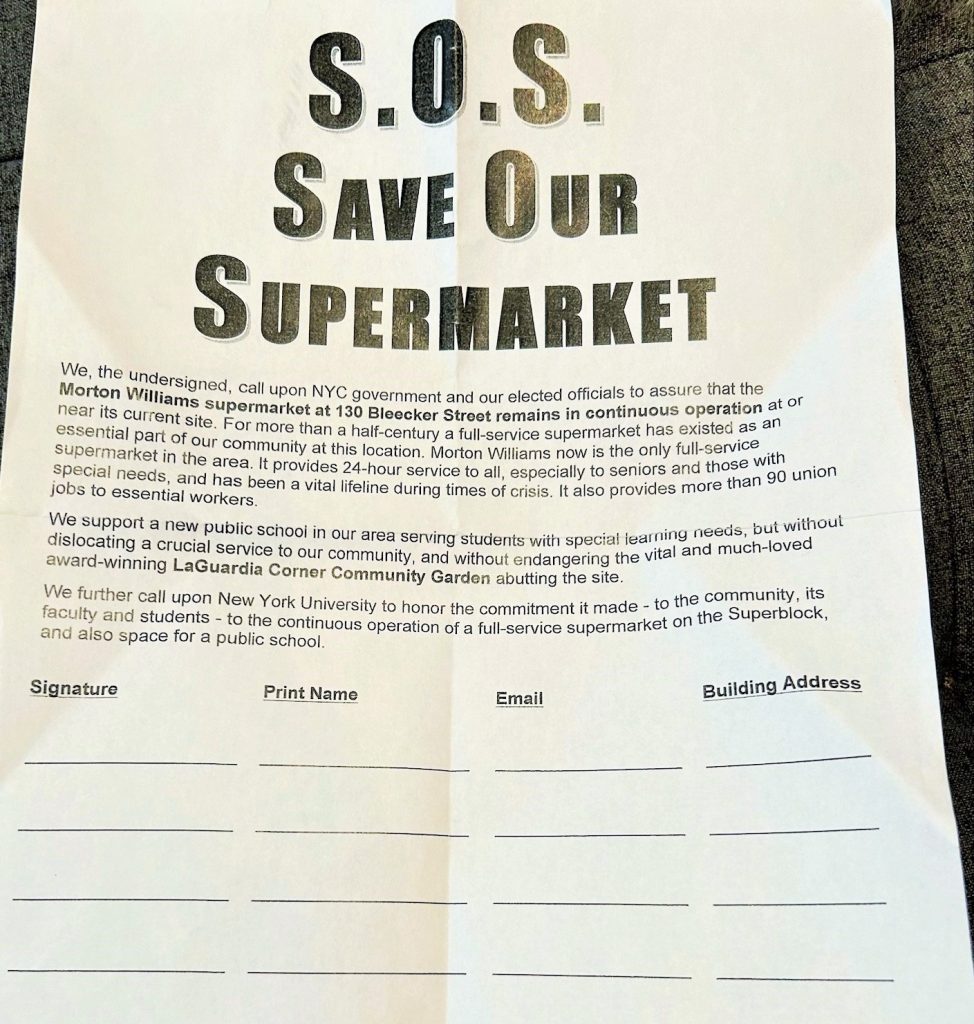
On Wed., Nov. 2, N.Y.U. President Andrew Hamilton and local politicians issued a joint statement, assuring that they are working together on a “long-term solution” that would answer both needs. The politicians signing onto the statement include Congressmember Jerrold Nadler, state Senators Brad Hoylman and Brian Kavanagh, Assemblymember Deborah Glick, Councilmember Christopher Marte and Manhattan Borough President Mark Levine.
“We understand that many community members who reside near New York University have been engaged in discussions about the possibility of a school being built on the site of the current Morton Williams grocery store location,” the statement reads. “We further understand how essential a reliable, affordable grocery store is to the neighborhood, and appreciate the importance of creating a school.
“We are pleased to affirm that our offices are working together with New York University to create a long-term solution that will allow a school to be built while still preserving the grocery store at or near the current location. Too often, communities are asked to fight for competing needs. Our offices have been meeting and are committed to working jointly toward the goal of the community having both a supermarket and the school, and we welcome the opportunity to continue to work in partnership with New York University to that end.”
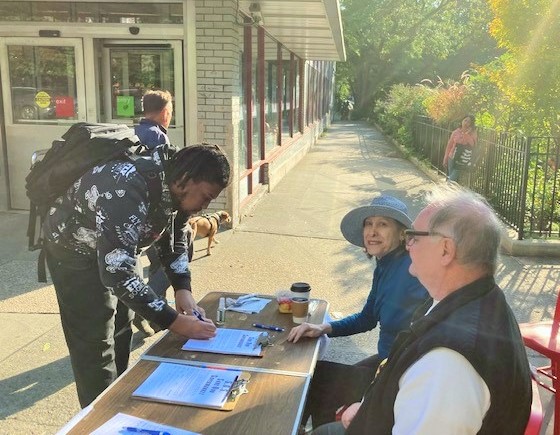
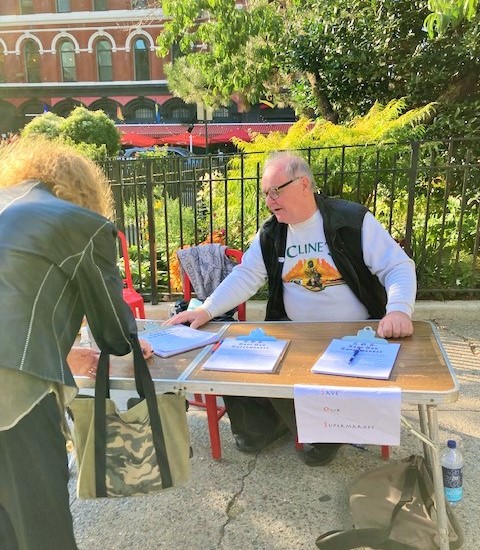
Avi Kaner, C.E.O. of Morton Williams Supermarkets, said the company is grateful and eager to work on “an appropriate solution,” and appreciates local residents’ support for keeping the store where it currently sits.
“We are extremely grateful that N.Y.U. and all of our area elected officials are pledging support for keeping the Morton Williams supermarket operating in the West Village,” he said.
“It is imperative to maintain this momentum, and we appreciate the grassroots and community support, to ensure the store remains in its current location. We look forward to working with N.Y.U., the community, area elected officials and the Adams administration to find an appropriate solution.”
The day after the joint statement’s release, Gerson told The Village Sun that it represented “a step in the right direction.”
The former councilmember grew up in and still lives at 505 LaGuardia Place, one of the N.Y.U.-owned residential, high-rise buildings on the university’s southern “superblock,” which is bounded by Bleecker, Mercer and Houston Streets and LaGuardia Place.
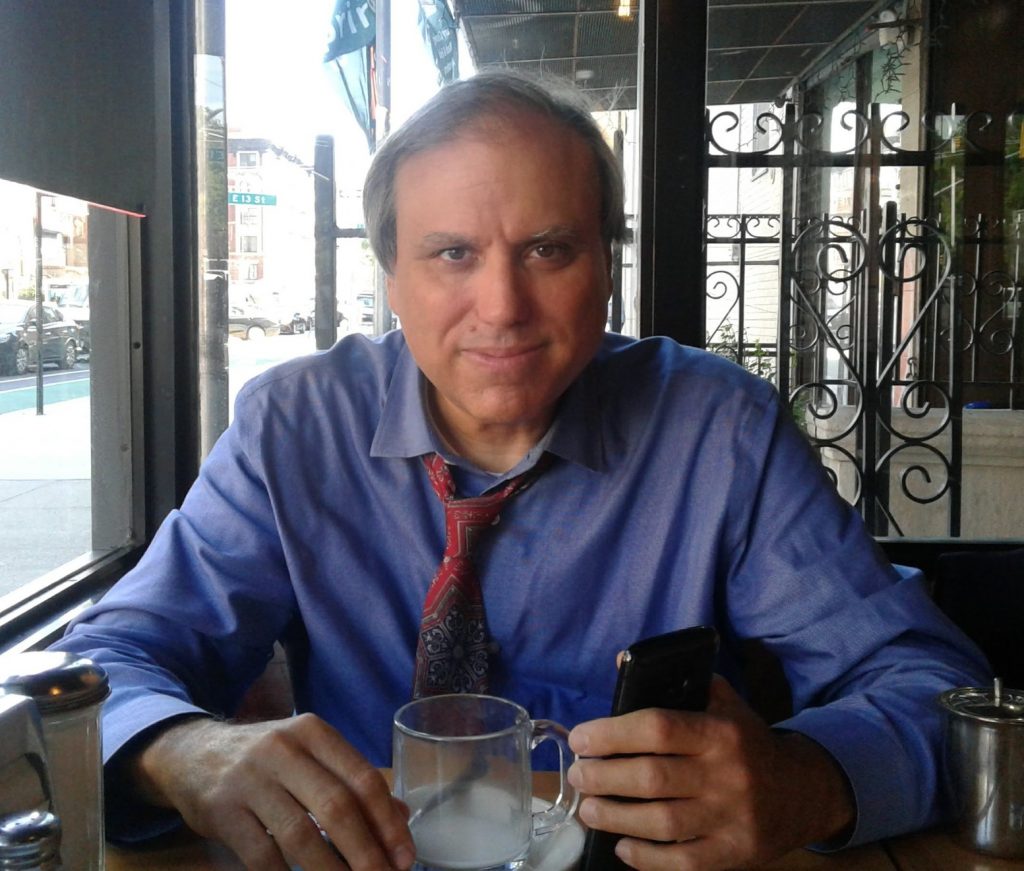
“Clearly, it’s a response to the petition,” he said of the joint statement. However, he added, “It would have been much more meaningful if the statement affirmed N.Y.U.’s past commitment to keep the supermarket on the superblock — really that’s what the petition calls for. There’s really no [other] feasible location within walking distance. We’ve looked. It should be on the block where it has been for half a century or longer.”
A decade ago, when N.Y.U. was working with the city to craft its “ULURP” rezoning plan to allow it to add up to four new buildings on its two South Village superblocks, keeping the supermarket on the superblock was seen as as non-negotiable priority by the community. The university, at that time, pledged that the market would be relocated into its new building slated for the then-N.Y.U. Coles gym, at 181 Mercer St. However, Coles has long since been demolished and the new building there has now almost been completed and is slated to be packed to the brim with N.Y.U. uses — but without any space for a supermarket. Meanwhile, construction of the other three new buildings has been put on hold indefinitely.
“N.Y.U. originally said it would put the supermarket in the ‘Zipper Building,’” Gerson said, using the nickname for 181 Mercer St. “But that commitment was dropped out of the final binding commitment [with the city] at the last minute.”
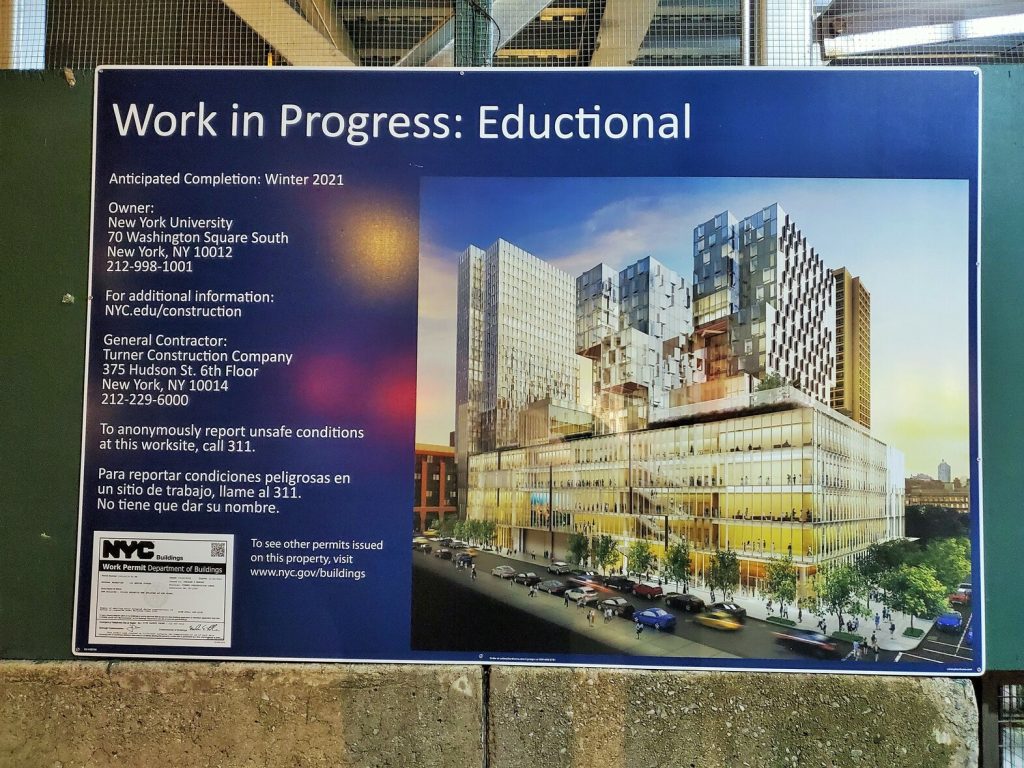
He said the simplest solution simply is to keep the supermarket right where it is now and for N.Y.U. instead to find a new site for the hoped-for public school.
“The proposed school is not a local, zoned school,” Gerson noted, “so it doesn’t have to be at that exact spot. But the supermarket is a ‘local, zoned supermarket’ — it serves that area. The question is: Do we keep a supermarket where it serves the community or not?
“N.Y.U. has a fairly sprawling campus, which should allow for possibilities” for siting a new public school, he offered. “The old P.S. 64 building is being put on the market,” he noted. “We created the Morton St. school [the new middle school at 75 Morton St.]. You cannot pit one against the other,” he stressed of the need for a supermarket, as well as the desire for a school.
He pointed out that a charter school also recently signed a lease for the former Our Lady of Pompeii School space on Bleecker Street, between Carmine and Leroy Streets, saying that, for example, was a missed opportunity for a new spot for a public school.
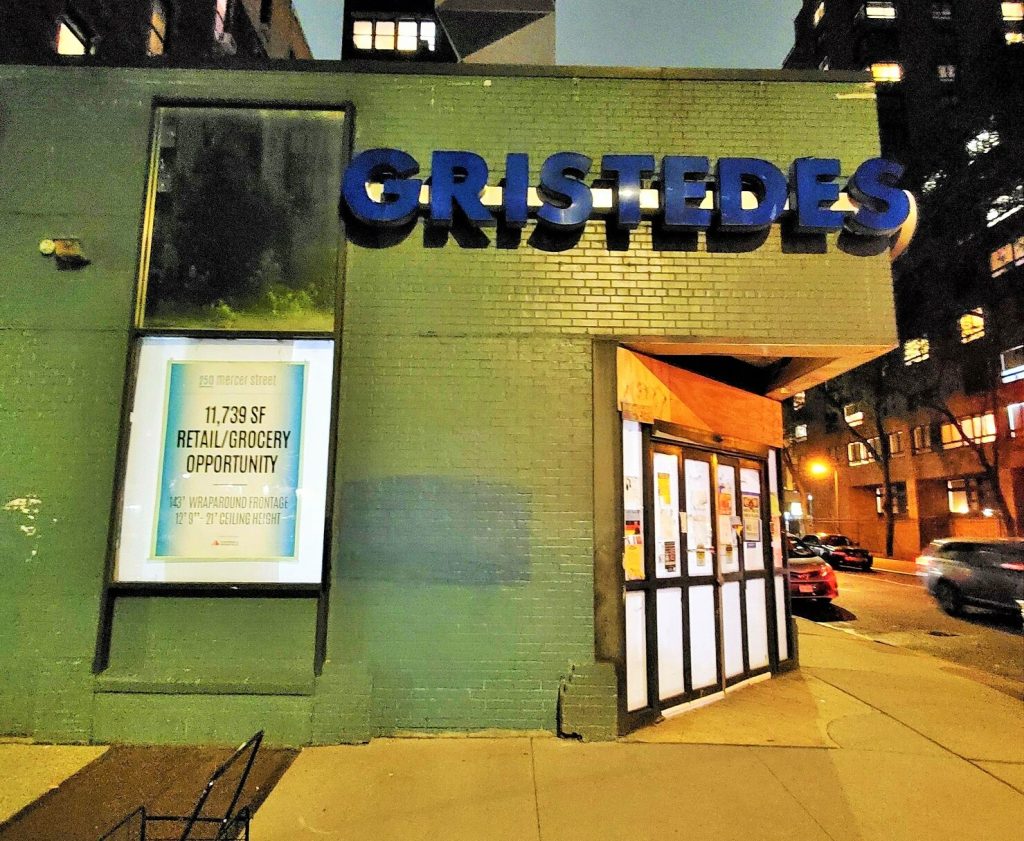
In an earlier interview a few weeks before the joint statement was issued, Gerson was more indignant about the situation — and again said the onus falls on N.Y.U. to solve the conundrum — by finding another site, probably for the hoped-for school.
“It goes back half a century,” he said of the supermarket’s being at the current location, speaking at that time. “That there should be no supermarket there reflects the worst of city planning and an abrogation by city government. We are all for a school in the area and we should not be pit against each other.
“Now everyone’s got to get together to find another site — most likely for the school. It doesn’t make sense to rip up the infrastructure of a supermarket that’s already there. There should be another location in the community for a school. Put it on the N.Y.U. campus — it should be a great opportunity for N.Y.U.”
The former politician added of the existing store, “This is the only supermarket in the available vicinity. This is a supermarket that serves a very high number of growing-older population, as well as the general population. This is a supermarket that’s open 24 hours, seven days a week and makes deliveries. People relied on it during COVID when they were quarantined. They have affordable, hot meals for those who need it. During the storms, during COVID, they were there. These supermarket workers are essential workers and they’re also union members.”
Similarly, Callet said leaving the market where it is just seems like the most commensense approach.
“Right now, it’s the only solution and it’s the most central location for all the communities,” she said. “Full-time residents, N.Y.U. students and faculty, merchants — everyone is extremely upset with the prospect of losing the only full-service supermarket in their neighborhoods.”
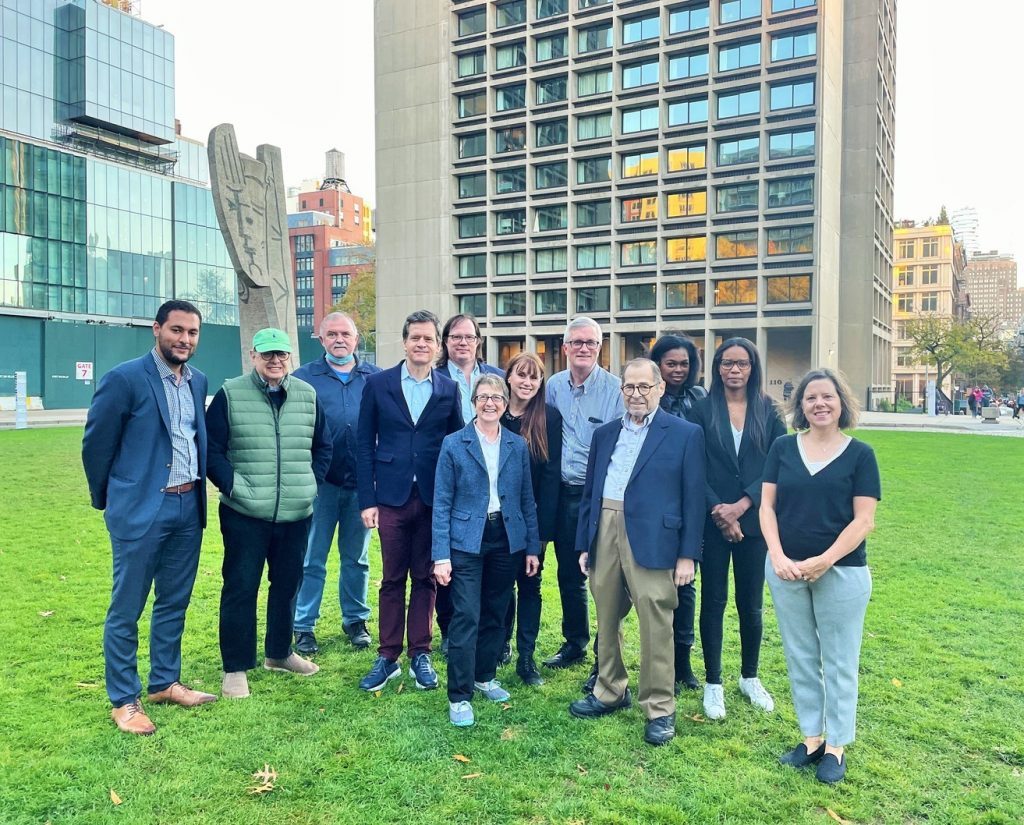
Community Board 2 has spearheaded the effort to get a public school built at the N.Y.U.-owned Bleecker Street site on the superblock. However, the city’s Department of Education and School Construction Authority have not identified a need within the Greenwich Village/Tribeca district for a traditional school. The latest amended D.O.E./S.C.A. five-year capital plan for 2020 to ’24 says the district currently only has a “funded need” for around another 300 new seats for traditional students, which likely would not justify building a 100,000-square-foot school. Meanwhile, the local area’s “funded need” for District 75 (special needs) students is listed as zero seats — but that might simply be because a project has not been slated for the Bleecker site yet. The agencies’ next capital plan will be issued a year from now.
As a result, C.B. 2 has stated that a future school at the site should instead be for special-needs students, who would be drawn from all around the city, not just from within the local district.
The Village Sun starting reporting for this article a few weeks before the politicians and N.Y.U. released their joint statement, and, at that time, reached out to Jeannine Kiely, the chairperson of Community Board 2 for comment on the situation.
“C.B. 2 has long supported both the continuation of a grocery store on the N.Y.U. superblock, as well as a new D.O.E. public school,” Kiely said in an e-mail at that time.
“The city’s option to build a 100,000-square-foot D.O.E. public school was the main community giveback as part of the 2012 N.Y.U. rezoning and represents value of approximately $65 million to NYC taxpayers,” she said. “As part of the rezoning, N.Y.U. committed to siting the ‘replacement grocery store’ in 181 Mercer St. as part of the review by C.B. 2, the Manhattan borough president and the City Planning Commission; but, the final deal approved by the city in 2012 let N.Y.U. off the hook for this commitment.
“C.B. 2 is disappointed that N.Y.U….allowed these two critical community resources to be pitted against each other despite their benefits to N.Y.U. faculty and families, N.Y.U. students and the C.B. 2 community.”
However, the situation clearly has since changed for the better with the release of the joint statement by the school and the pols.
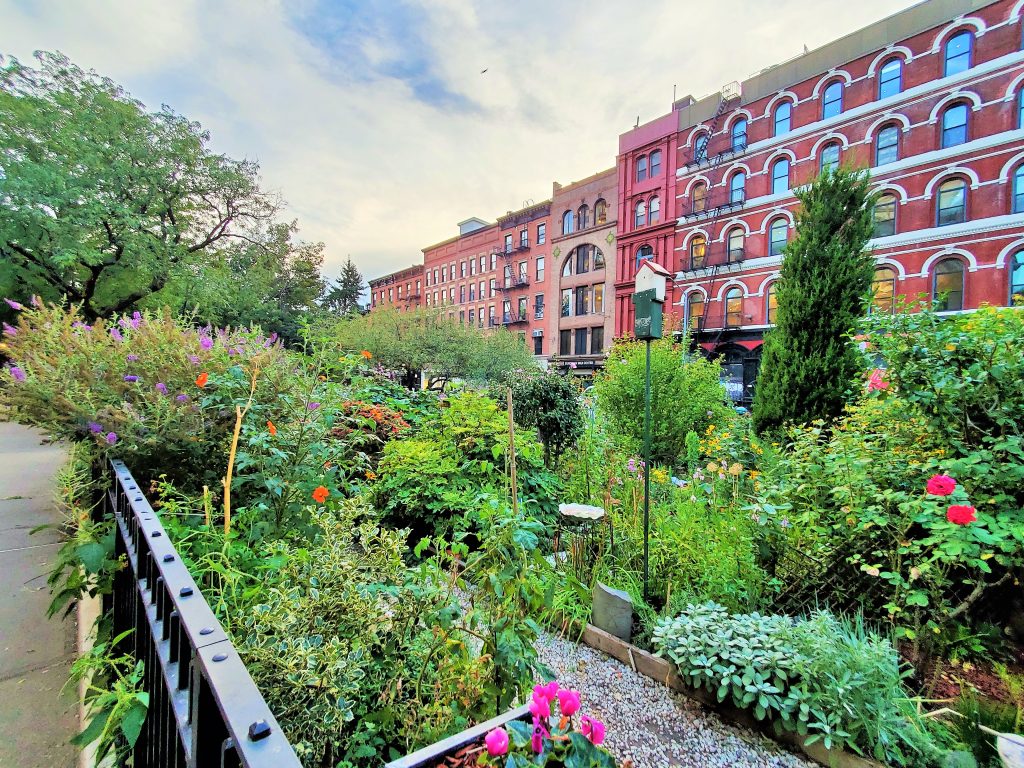
Similarly, Gerson said that, although the university somehow slipped out of its legal commitment to provide space for a supermarket, it should now own up to its promise.
“The policy imperative and the ethical imperative remain,” he stressed.
The big question that remains, however, is whether the city will decide to build a school at the current supermarket site. N.Y.U. has extended the deadline for the city to exercise its option at the site until Dec. 31, 2023. A spokesperson for the School Construction Authority told The Village Sun the agency “anticipates making a decision by that time.”
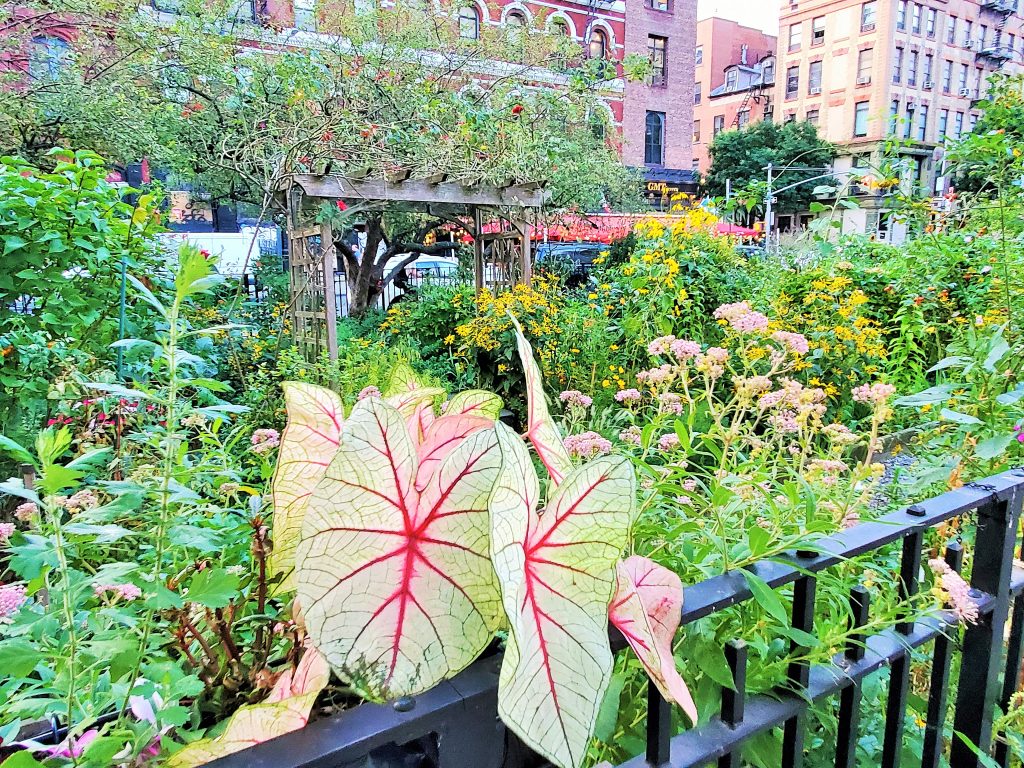
As for whether the school, if greenlighted, would be a traditional or special-needs school, that, too, is still up in the air. Similar to S.C.A., all that D.O.E. is indicating at this point is that a decision on what type of school it might be also would be made by the Dec. 31, 2023, deadline.
Yet, in November 2021, to the elation of C.B. 2 and local politicians, S.C.A. finally announced that it wanted to build a school at the Morton Williams site — though a stand-alone structure, without a supermarket in its base.
“We’re ecstatic that the School Construction Authority and the Department of Education have chosen to exercise their option to build a school at 130 Bleecker Street,” Patricia Laraia, chairperson of the C.B. 2 Schools and Education Committee, said at the time.
Also apparently at risk if the school project goes forward are the LaGuardia Corner Gardens, which would likely have to be used as “staging area” for the school’s construction, according to sources.
It’s unclear, too, if the relatively small, 17,000-square-foot site would even be appropriate for a special-needs school, which sources say typically would require wider floorplates, as opposed to a taller, more vertical structure, which is what the Bleecker Street site’s size constraints would mandate. S.C.A. has said the possible 100,000-square-foot project, if built, would be seven stories tall.
Gerson, for one, is confident a solution can be achieved, and said he’s grateful for the politicians’ new show of support fpr saving the market.
“If we work together,” he said, “we can come up with a win-win-win solution.”
Susan Goren, a longtime Village resident who has been helping gather petition signatures outside the Morton Williams, said if the market closes, it would be a total disaster. She would likely then have to shop at the Trader Joe’s on Spring Street way over in Hudson Square.
“I can’t walk nine blocks to the grocery and walk nine blocks back with the food,” she said. “The people that will be able to get food will be the people who can afford FreshDirect.”
According to one source, saving the supermarket could also become an election issue next year. Due to redistricting, the Bleecker Street site is now in City Council District 2, currently represented by Carlina Rivera. Again, more than 5,000 voters have signed the petition to save the market. Due to redistricting, the election will be held in 2023 instead of, following the normal four-year cycle, in 2025.
Referring to the area’s voters, the source said, “There is no anti-supermarket constituency.”

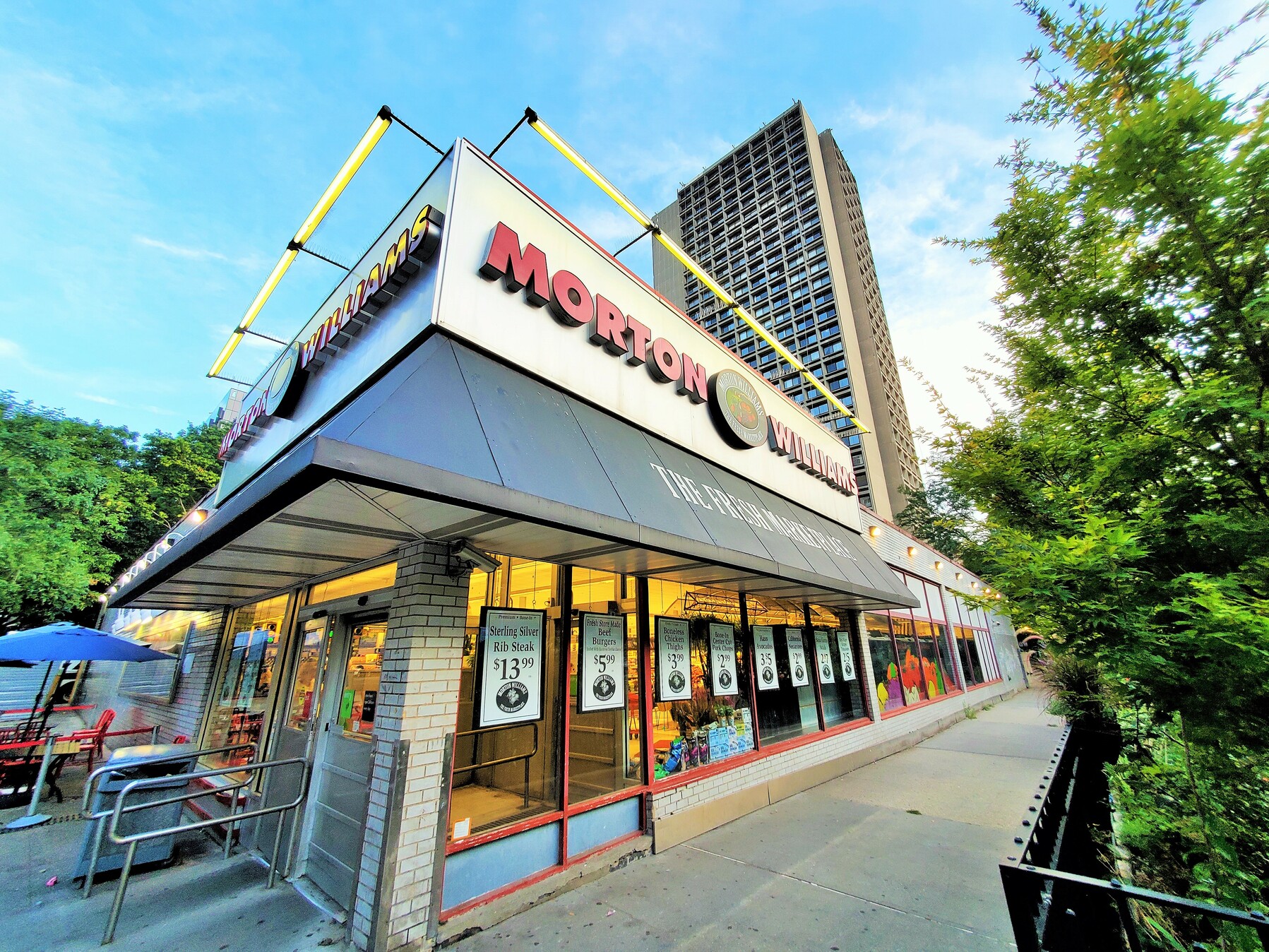
Morton Williams has been a vital source of food and other related products in our neighborhood for a great many years. We also need to return the same loyalty which they showed to us during the mounting Covid crisis, when they were the most reliable, and sometimes the only, source of Lysol and other disinfecting wipes that were barely obtainable anywhere else. They need to stay in our neighborhood.